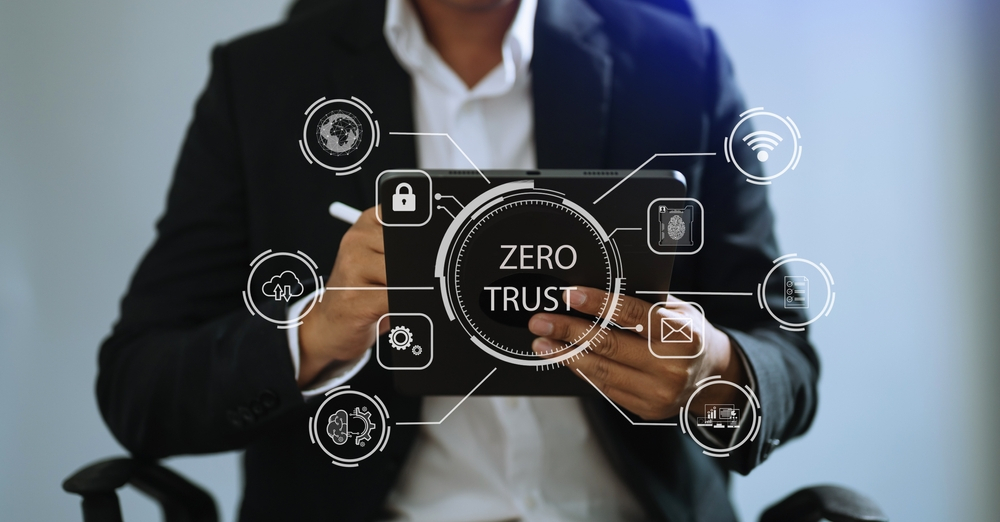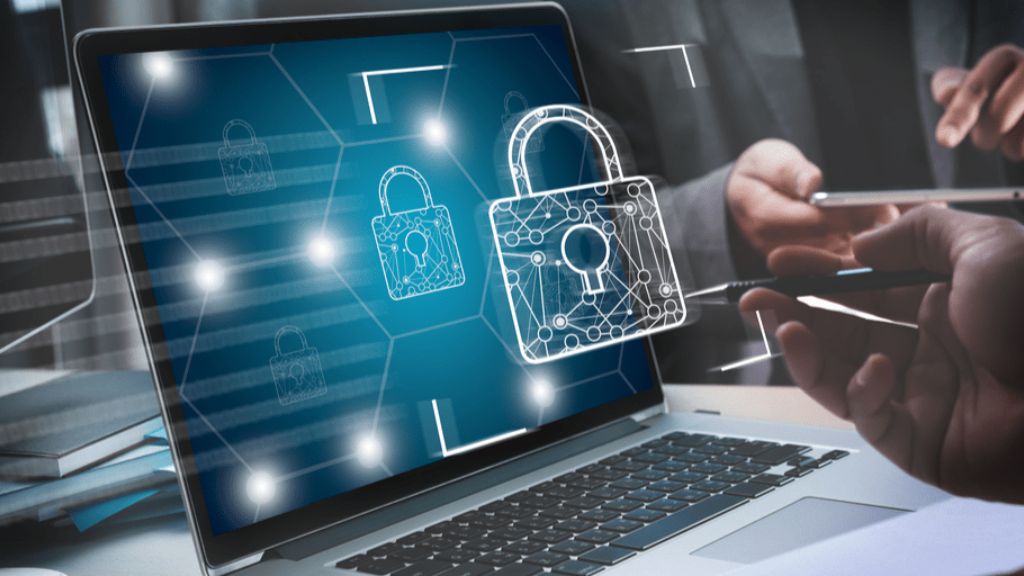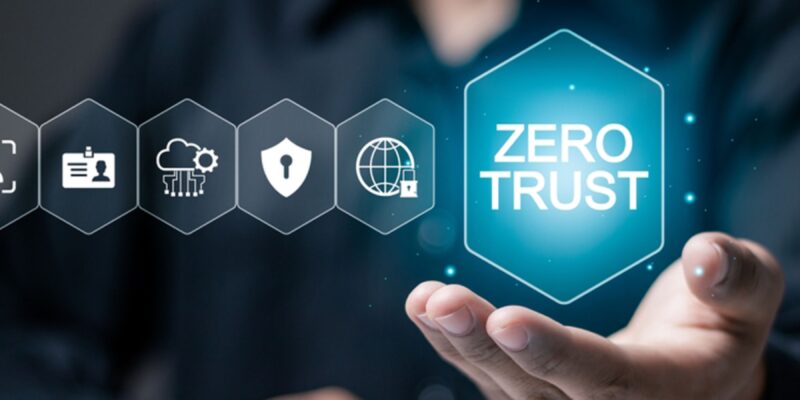| বাংলায় পড়ুন | Researchers and Reporters: Shama Sultana Ayesha Maria |
Every individual and equipment attempting to access resources on a private network, whether inside or outside the network, is thoroughly vetted under the IT security concept known as “Zero Trust Security.”
This security check includes multi-factor authentication, which means that a person is verified in three steps before being permitted to work, whether they are in or out of the office. The user’s identity, his authorization to work, and the security of the equipment he is using.
The least necessary access is a key component of a zero-trust system. A user is thus only granted access that is necessary for his work. He shall be prohibited from using any programs or data unrelated to his work. Despite a user’s account being hacked, this lowers the possibility of critical information being leaked or an inside attack.
Zero Trust offers a far higher level of security than a standard security strategy. Today’s digital world enables workers to work safely from distant locations. Ransomware threats and hybrid cloud settings are among the problems it also assists with.
Although many businesses support Zero Trust in different ways, NIST 800-207 is the most neutral standard and may be applied by any business, not only government organizations. With the aid of this standard, businesses can create cloud-based security solutions and enable employees to work safely from any location.

Zero Trust Security is an IT security model that follows the principle of ‘never trust, always verify.’ | Photo collected.
Zero Trust’s guiding principles
- Constant observation and confirmation
Zero Trust confirms the device’s security and identification as well as the user’s identity and privileges. After a certain amount of time, connections and logins are made, resulting in constantly re-verifying individuals and devices.
- The least amount of access necessary
Less necessary access is another Zero Trust security principle. This entails granting users only the minimal level of access required, much as a commander providing soldiers with only the knowledge they require on a need-to-know basis. Doing this decreases each user’s exposure to sensitive network components.
- Controlling Device Access
Strict control over device access is necessary for Zero Trust, in addition to limiting user access. By keeping track of the number of devices attempting to access their network, zero trust systems make sure that every device is permitted.
- Microsegmentation
The technique of micro-segmentation involves dividing security perimeters into smaller areas in order to preserve distinct access for different network segments. A data center’s file network, for instance, might have two dozen distinct, secure zones if microsegmentation is used. No program or anybody with access to one of those zones can enter any of the others without additional permission.

Microsegmentation in the Zero Trust Security model, where network security is ensured.
- Prevention of Lateral Movement
When an attacker moves within a network after acquiring access, this is referred to as “lateral movement” in network security. Since the attacker will have already penetrated other areas of the network, lateral movement might be challenging to identify.
The hacked device or user account can be quarantined, which also disables access, as soon as the attacker’s presence is identified. (In the castle-and-moat model, quarantining the initial compromised device or user has little effect if the attacker can move laterally because they have already reached other portions of the network.)
Multi-Factor Authentication
One of the main principles of Zero Trust security is multi-factor authentication (MFA). MFA is the 2-factor authorization (2FA) that Google and Facebook employ. Users who activate 2FA for these services are required to enter a code sent to a different device, like a mobile phone, in addition to their password, offering two more methods of identity verification.
The Advantages of Zero Trust
Implementing a zero-trust strategy has the main advantage of lowering the possibility of possible assaults on a company. Furthermore, microsegmentation lowers the cost of recovery by limiting the breach to a smaller portion of the network, and Zero Trust lessens the harm in the event of an attack. Phishing and user credential theft are lessened with zero trust. Threats that evade conventional perimeter-based defenses are also lessened with its assistance.

Adopting the Zero Trust Security policy ensures enhanced security, data protection, and reliable access management. | Photo collected.
How to Put Zero Trust Into Practice
The correct technology can make Zero Trust implementation simple. All of your data and access points can be automatically secured with Zero Trust protection with the use of platforms such as Cloudflare One. Cloudflare One allows users to automatically implement Zero Trust protection for all of their data and assets.
Security for zero trust is a dynamic process. Policies pertaining to Zero Trust must evolve and adapt in tandem with risks and technology. In today’s intricate cybersecurity environment, a robust Zero Trust strategy is crucial for safeguarding data and corporate operations, but putting it into practice is not simple.

























Comments